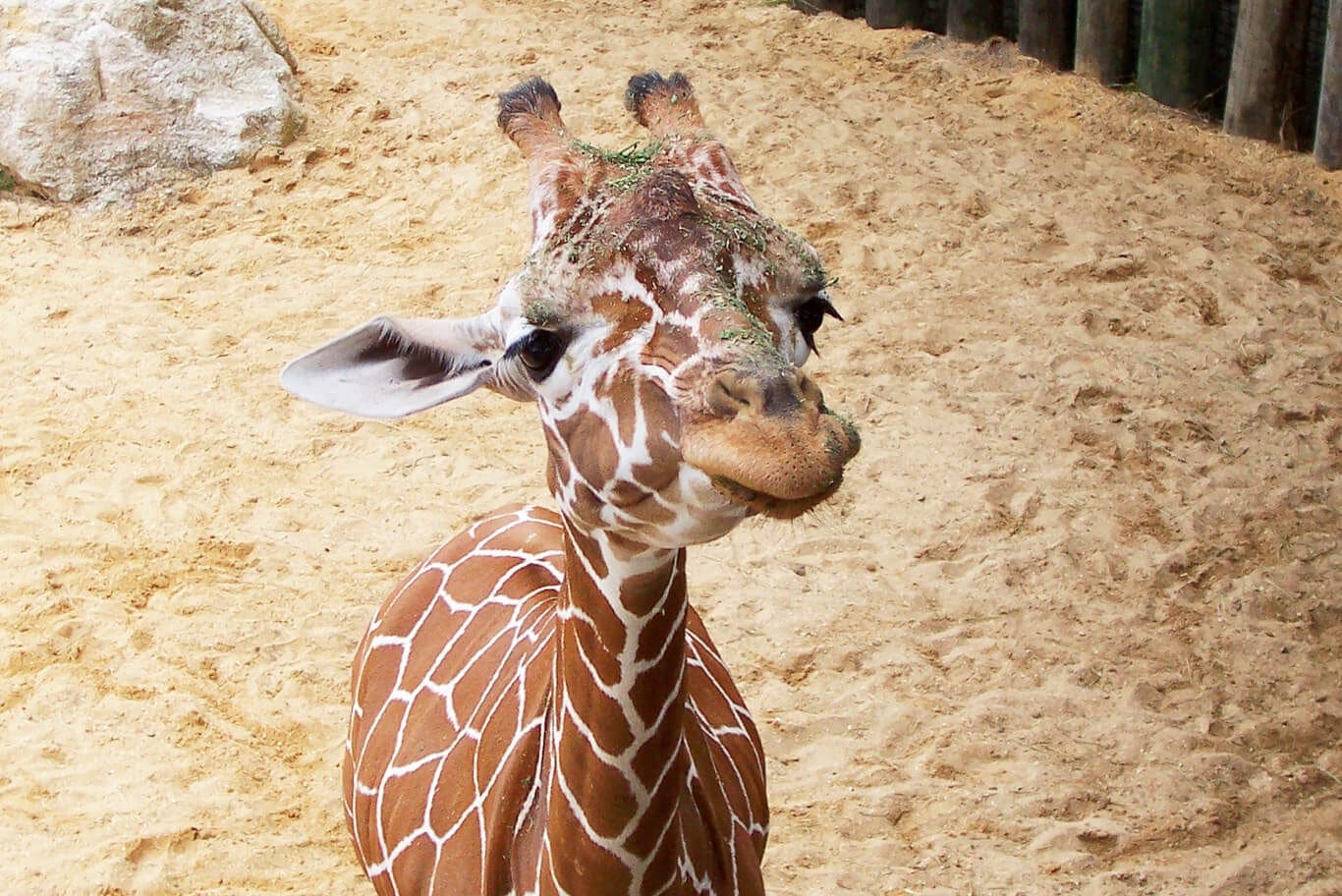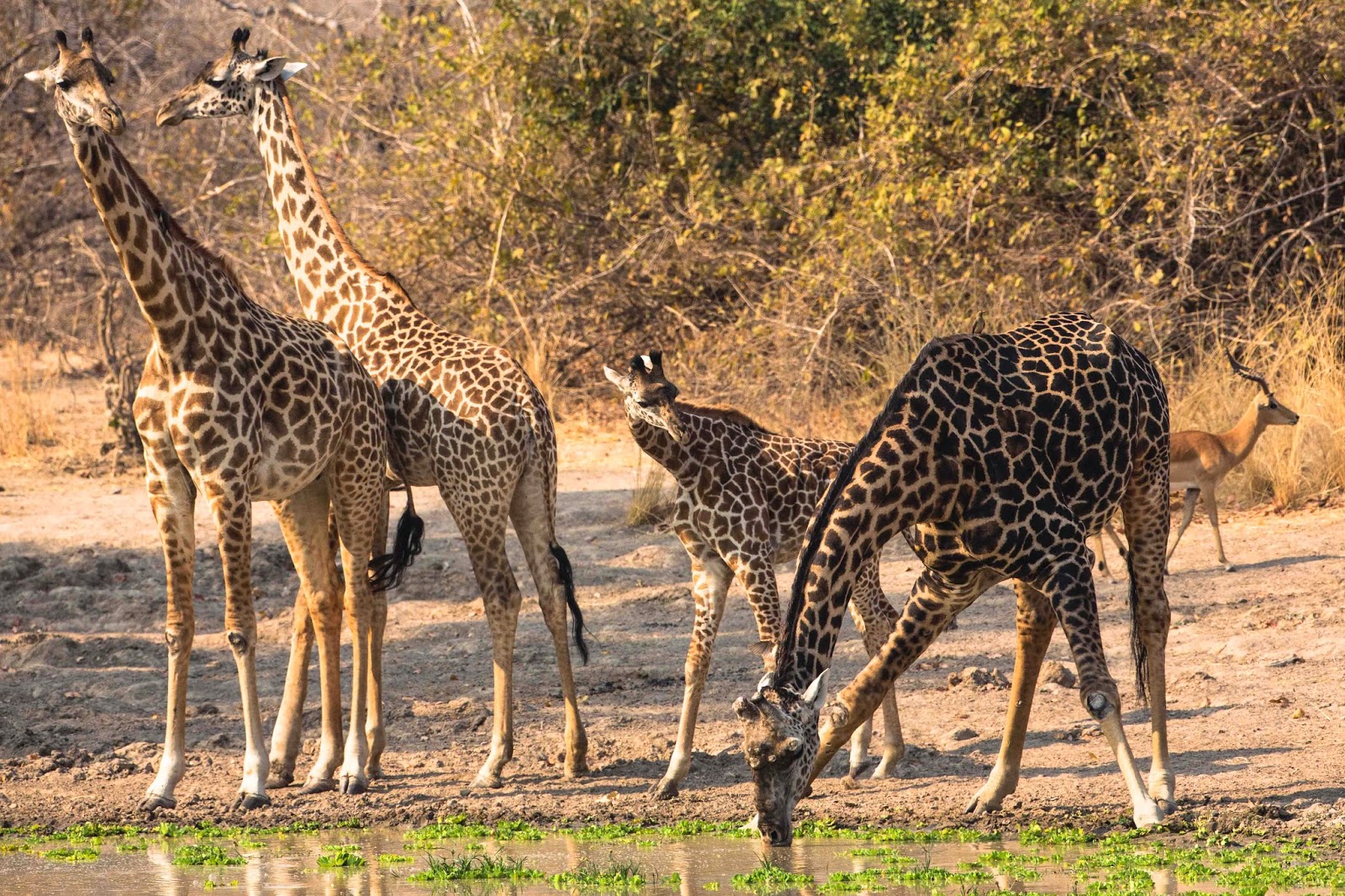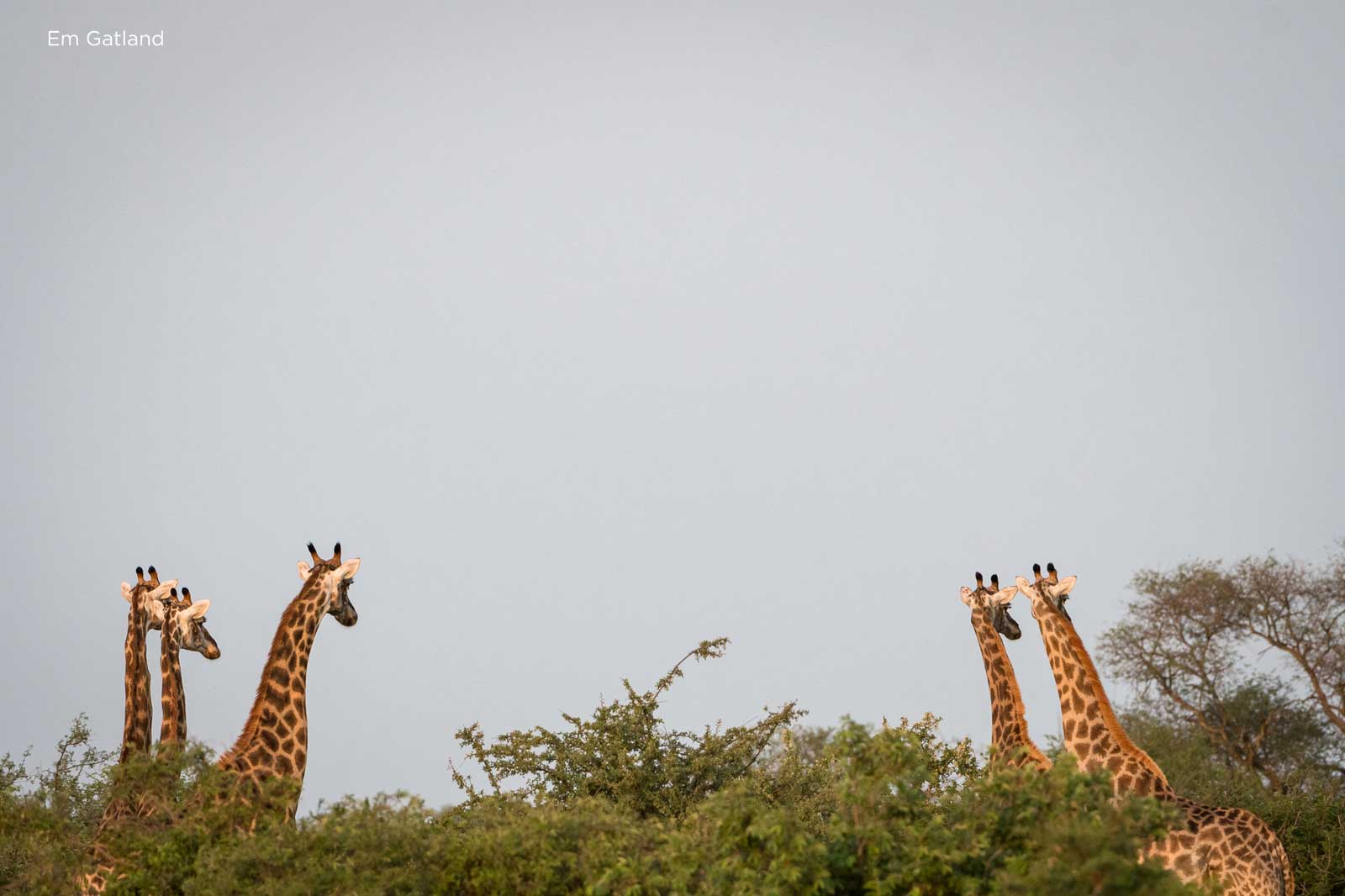

.jpg)
The African wild dog has a colourful, patchy coat, large bat-like ears and a bushy tail with a white tip that may serve as a flag to keep the pack in contact while hunting. Like most predators, it plays an important role in eliminating sick and weak animals, thereby helping maintain a natural balance and ultimately improving prey species. Even though protected in parks and reserves, wild dog populations are dangerously low.įield studies have shown that the wild dog is a highly intelligent and social animal. Throughout Africa, wild dogs have been shot and poisoned by farmers and hunters. The African wild dog is also called the hunting dog and is a vanishing and endangered species. Gestation period is approximately 70 days. Lions are the only predators which pose a serious threat to an adult giraffe. A single well-placed kick from an adult giraffe can kill a predator. The giraffe defends itself with a powerful kick. When hunting adult giraffes, lions try to knock the animal off its feet and pull it down but giraffes are difficult and dangerous prey. Males sometimes develop calcium deposits which form bumps on their skull as they age, which can give the appearance of up to three additional horns. The horns are a reliable method of identifying the sex of giraffes, with the females having tufts of hair on the top of the horns, whereas male giraffe horns tend to be bald on top due to the hairs worn away as a result of necking in combat. The giraffe has one of the shortest sleep requirements of any mammal, an average of 4.6 hours in every 24 hours.īoth sexes have horns, although the horns of a female are smaller. Giraffe can drink large amounts of water which allows them to live in more arid areas. Giraffes usually inhabit savannas, grassland or open woodland and prefer areas with plenty of acacia growth. The tallest male ever recorded was nearly 6 meters (20ft) tall. The giraffe is the tallest of all land animal species and is also the largest ruminant. Rothschild’s Giraffe Conservation Status: Endangered Species At dawn or in the evening, when their predators are most active, zebras look indistinct and may confuse predators by distorting distance. The stripes are a form of disruptive colouration which breaks up the outline of the body and acts as a good camouflage. Its coat pattern can vary greatly in number and width of stripes. The Burchell’s zebra is built like a stocky pony. The most numerous and widespread species in the east is Burchell’s, also known as the common or plains zebra. Three species of zebra still occur in Africa, two of which are found in East Africa. Zebras have horse like bodies, but their manes are made of short, erect hair, their tails are tufted at the tip and their coats are striped. Zebras move quickly for their large size and have teeth built for grinding and cropping grass. Plains zebras have shiny coats that dissipate over 70% of incoming heat and some scientists believe the stripes help the animal withstand intense solar radiation. Males are not able to breed until the age of five or six.

Burchell’s Zebra Conservation Status: Least Concernīoth Mountain Zebra Subspecies Status: Endangeredįemale zebras mature earlier than the males, and a mare may have her first foal by the age of three.


 0 kommentar(er)
0 kommentar(er)
